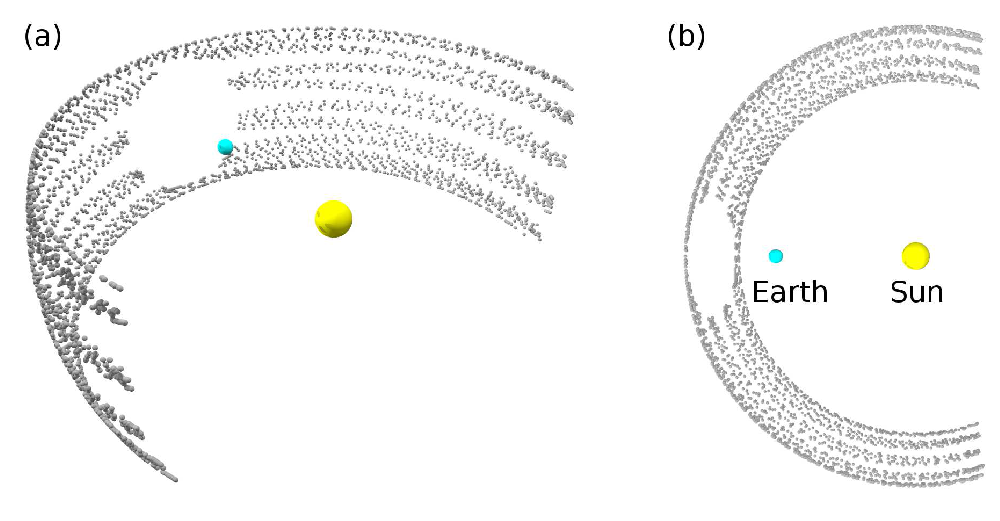IoW_20140106 - Gaia
Image of the Week |
asteroid detection by Gaia |
 |
|
Besides observing the large population of Main Belt asteroids, Gaia will also help to characterize more exotic categories of objects. This is the case, for example, for the "Trojan" asteroids sharing the same orbit of the planets, but preceding/following them, scattered around the Lagrangian equilibrium points. You can find the publication "Predictions for the Detection of Earth and Mars Trojan Asteroids by the Gaia satellite" here. |
|
Image: courtesy of Paolo Tanga and Mick Todd [Published: 06/01/2014] |
- Removed a total of (3) style text-align:center;
- Removed a total of (3) style text-align:justify;
- Removed a total of (1) border attribute.
- Removed a total of (1) cellpadding attribute.
- Removed a total of (1) cellspacing attribute.
Image of the Week Archive
- Removed a total of (1) border attribute.
- Removed a total of (1) cellpadding attribute.
- Removed a total of (1) cellspacing attribute.








































 Sign in
Sign in
 Science & Technology
Science & Technology
